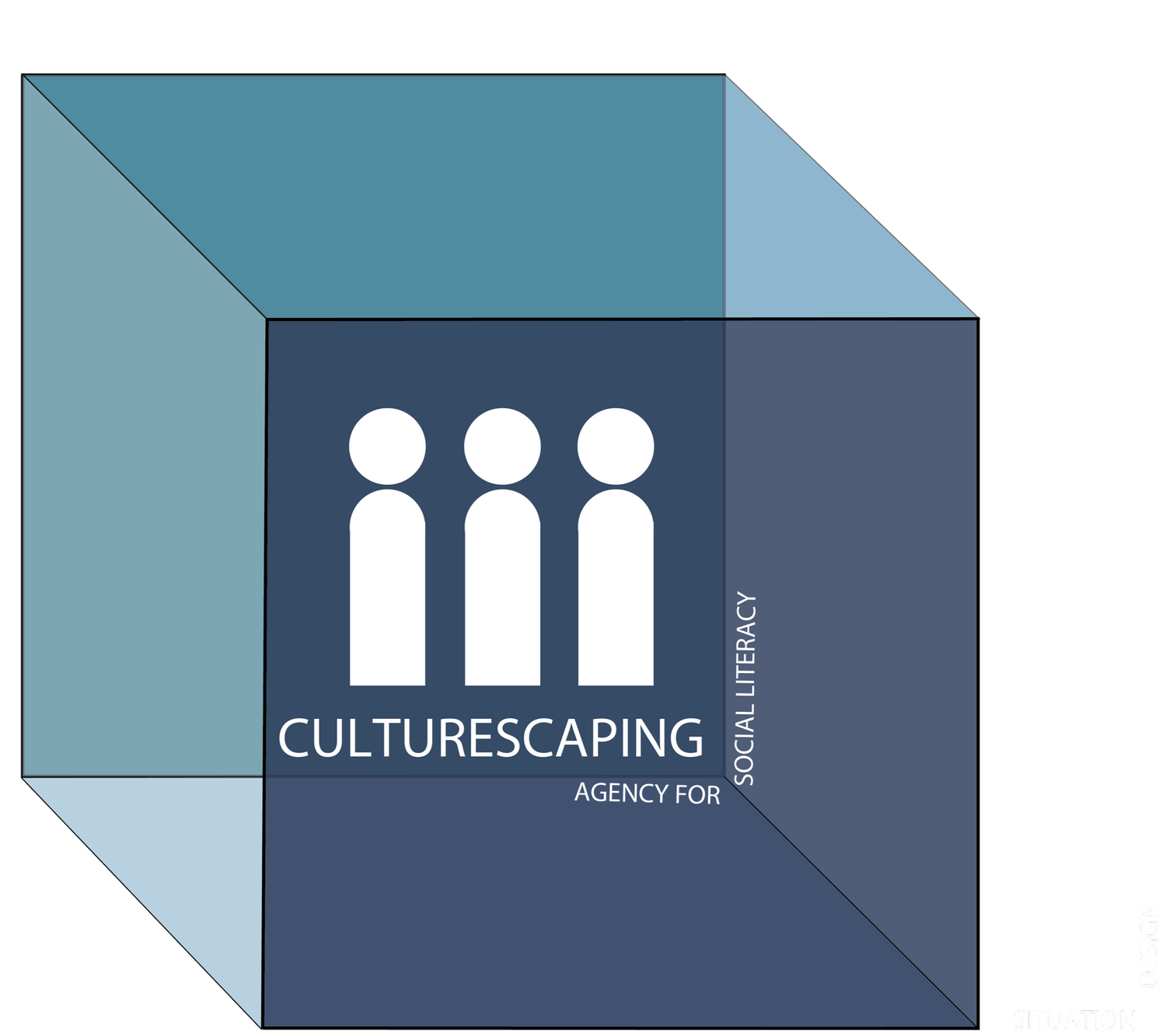This feature article explores Tracy Ann Essoglou's multifaceted work as artist, activist, and academic, highlighting her involvement with the Women's Action Coalition (WAC) during the 1990s Third Wave Feminism movement. The piece discusses her transition from art handler to recognized activist and her contemporary visual artwork examining themes of responsibility and collective accountability. Her installations, including a confessional voting booth addressing modern "sins", reflect her commitment to making women's issues visible while maintaining critical yet optimistic perspectives. The article presents Essoglou as an inspiring figure who seamlessly integrates artistic practice with feminist activism and academic rigor.
TRACY ANN ESSOGLOU’s PAPERS
Tracy Ann Essoglou's academic publications span critical pedagogy, feminist theory and art activism. Her key works include "The Dialogics of Negation: Gender and Subjectivity" presented at the Paulo Freire Symposium at The New School in 1991, which explores gendered consciousness and subaltern dialogue in educational processes. Her seminal contribution "Louder Than Words: A W.A.C. Chronicle" documents the Women's Action Coalition's activist strategies from 1992-1994, published in the influential book "But Is It Art?: The Spirit of Art as Activism". Her forthcoming PhD dissertation addresses concepts including Situation Design, Cultural Hybridity, and what she terms "Resolutionary" approaches, continuing her interdisciplinary exploration of consciousness, activism, and social transformation.
Thinking Architecture
Dr. Tracy Ann Essoglou advocates replacing "thought leadership" with "thinking architecture" in this Medium piece. She argues that "thought" is static and past tense, while "thinking" is active and dynamic. The term "thinking architecture" better captures the process of constructing arguments, crafting conceptual spaces, and actively transforming ideas into reality. This framework emphasizes collaboration and ongoing intellectual work rather than the hierarchical implications of traditional thought leadership, offering a more accurate metaphor for how ideas can be developed and shared.
Processing and Plotting with the Summit Community
This review of Summit at Sea 2016 highlights a poignant post-election dialogue session featuring LeVar Burton and Tracy Ann Essoglou. During the session, Essoglou challenged attendees to step out of their comfort zones, stating "If we code what we are, we will create what we already have." Both speakers advocated for empathy, even with adversaries, as the essential starting point for creating meaningful change. While some audience members pushed back, feeling the need to prioritize protecting their families and communities, the discussion concluded with an emphasis on unity and love as fundamental solutions, though the challenge of balancing action with compassion remained a complex issue for attendees to navigate.




